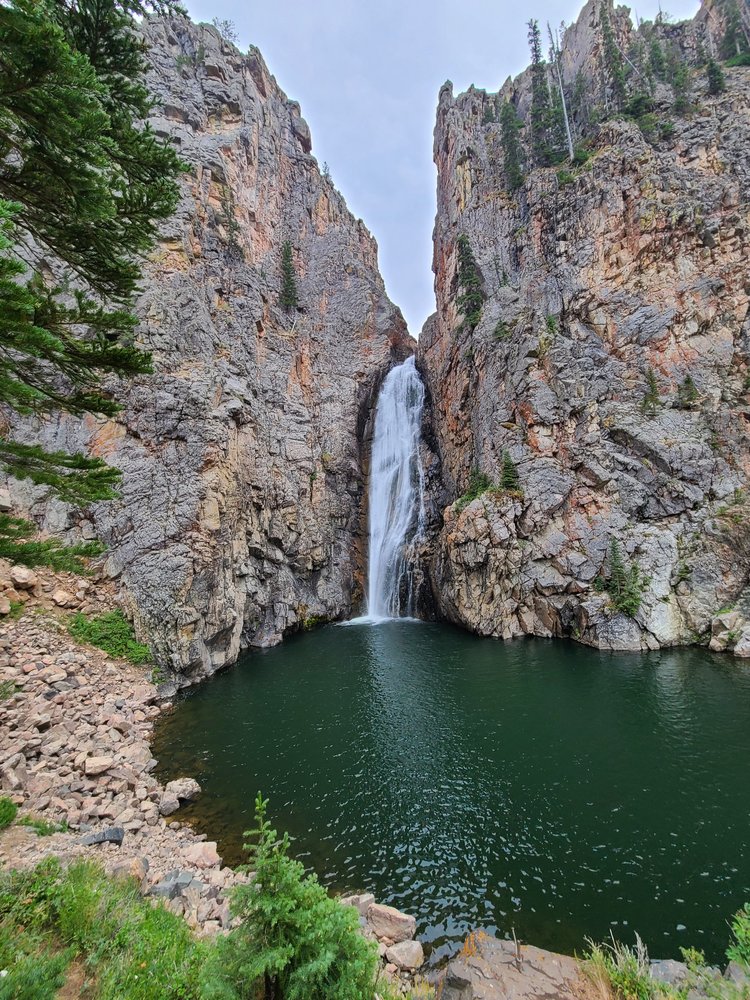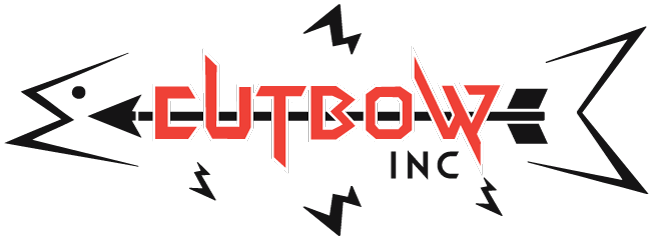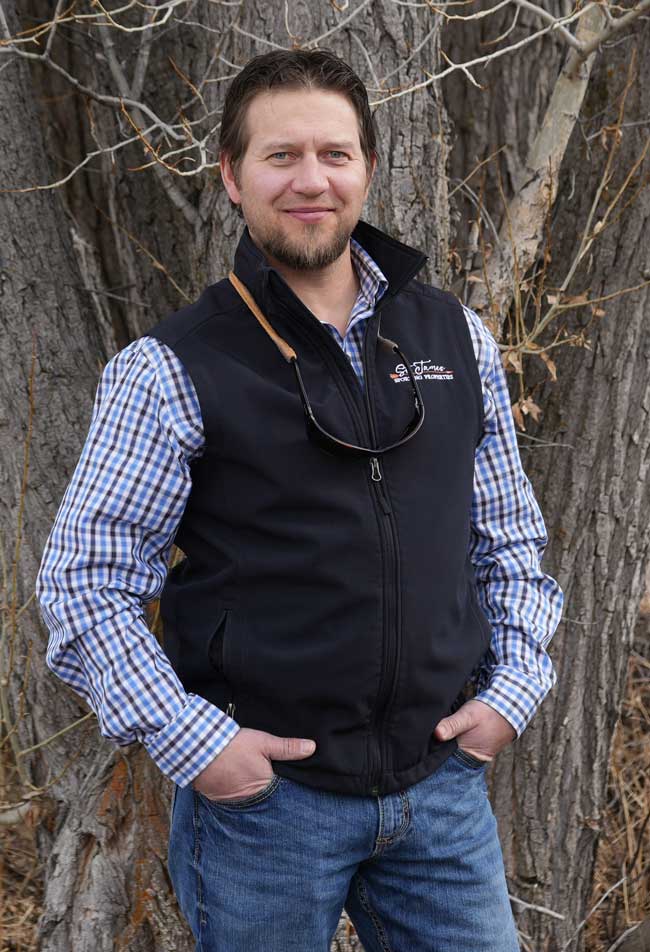Casting Tips
Most fly fisherman understand that the whole point behind spending damn good money on a fly rod, and complimentary fly line, is to more effectively transfer energy to the fly. However, many fisherman have a hard time making a long and/or accurate cast because the physics of their cast is working against them.

Keep it at Two & Ten
We all learned (perhaps the hard way) that everything travels fastest and most accurately when it travels in a straight line. The same holds true when it comes to the path of your fly and fly line. Keeping that fly line on a straight plane parallel to the ground is key to keeping the energy your rod produces during a cast in your fly line.
The moment you allow the fly line to drop below that imaginary plane, (either on your forward cast or back cast) all the energy you have built up during your false casts will just fall out of your line and the effort required to keep that cast going becomes exponentially more difficult. If you haven’t heard it before, imagine a large clock facing your casting arm. The starting and stopping points of your cast should be the 10 and 2 o’clock positions. Doing so will automatically create that flat and level plane that you want your fly line to travel along.
The Two Things
There are two things you can do to keep your fly line on that plane while casting;
First is to adjust the timing of your cast. It takes practice and a little bit of feel, but the idea is to wait until the fly line has fully unfolded in front of you without letting the fly line drop towards the ground once it unfolds.
Second is to simply watch what your fly line is doing. Many fly fisherman forget that their head is on a swivel. So while the forward cast may look okay (because they are looking at it) the back cast may be a mess because they have no idea what that fly line is doing behind them. A bad back cast can have no other result than a subpar forward cast.
Remember a good fly cast is symmetrical, so simply turn your head and watch your fly line on both ends of your cast. This will help your hand-eye coordination and will allow you to see if your fly line is indeed unfolding nicely while still staying up on that imaginary plane.
Like a Car
The second key to good energy transfer (i.e. distance and accuracy) is how quickly, and at what point in your cast, you accelerate and decelerate that energy. Imagine, if you will, driving a car. When at a stop, you slowly and steadily press your foot on the gas pedal to get up to your cruzing speed. The same holds true when you start to bring your back cast forward; nice and steady, starting at the 2 o’clock position and adding more speed as you bring your rod tip forward to the 10 o’clock position.
Now here come the most misunderstood part of a long and accurate fly cast. In order to effectively transfer the energy you built up on the beginning of your forward cast, your stop or deceleration must be crisp and quick.
So, back to your car again… If you left that all important real estate purchase contract on the back seat of your truck and you want to get it to the front seat with the least amount of effort, just slam on the brakes and your listing contract (as well as everything else in the back seat) will come flying forward and hit the dash, right?
Translated, the fly on the end of your fly line is that purchase contract and in order to really transfer that energy you have been steadily building, you must stop quickly, and stop quickly while on that same plane we spoke about earlier. That creates a tight loop, traveling in a straight line, which equals a consistent, accurate and long cast that is so necessary when fly fishing.





0 Comments